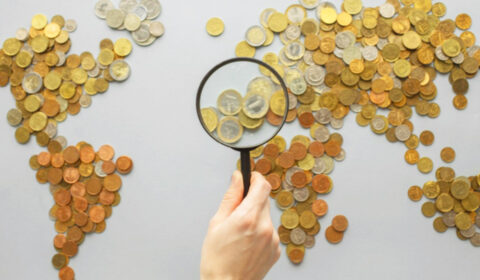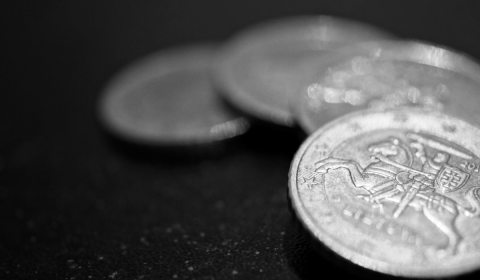Difference Between Pure Silver, Sterling Silver and Coin Silver

The following article is created and or curated by the Orion Metal Exchange for the benefit of our followers. We seek to provide relevant precious metals, economic and geopolitical content that can impact your retirement and savings. If you are interested in learning about precious metals investing, call 1-800-559-0088, for a FREE investor kit.
Throughout history, silver has been deemed a valuable, yet not as rare as other precious metals like gold. However, its beauty and brilliance has remained unmatched in financial markets as well as in other industries.
Because of its supply and ease of mining, it wasn’t regarded as highly as gold and therefore, not reserved for only statement pieces of jewelry, idols or high-valued currency. It was used more flexibly as money and even the most menial laborers had seen the face of a silver quarter more than once. This may have compromised its reverence as a precious metal, but it definitely made it more accessible to the masses.
Due to the frequency of use of silver, we often confuse the differences between pure silver, coin silver and sterling silver. Here are a few distinguishing features about different varieties of silver.
Millesimal fineness system
This system is used to measure the purity of silver in alloys. It’s also used for all other precious metals such as gold, and platinum alloys. It calculates a value by counting the parts per thousand of pure silver by the metal’s mass in the alloy.
Since an alloy is a mixture of two or more metals, it may have varying quantities of pure silver in it depending on the lightness, hardness or strength. For instance, an alloy with 92.5% silver is regarded as 925.
Fine silver
As the name suggests, fine silver refers to a metallic composition that is almost or completely pure. It’s usually 99.9% pure and is too soft to be used industrially in manufacturing. Because of its malleability and soft form, it fails to retain its shape. The common practice is to mix copper with it to make it stronger without affecting its sheen or shade.
Sterling silver
Also regarded as standard silver, sterling silver is used in manufacturing silver ware and jewelry pieces. It’s usually a .925 silver with 7.5% copper alloy. This is why you may find .925 often stamped on articles of silver jewelry.
However, to revive the scintillating appeal of the metal, silver ware is coated with a .999 silver as flashing. Rhodium can also layered on top to prevent the metal from tarnishing, however it’s a pricier than a silver finish.
Coin silver
The alloy used for coin silver is mostly 90% pure and 10% with a mix of copper which is the standard choice. This is why its millesimal fineness is set at 900 and a jargon phrase for it is one nine fine. Most silver coins you’ll now find in us will be manufactured from coin silver.
With that said, if you’re looking for investment companies that can guide you with a silver investment plan or IRA account, we can help.
We’ve been in the industry for much longer, and fairplay is more important for our reputation than you think!






